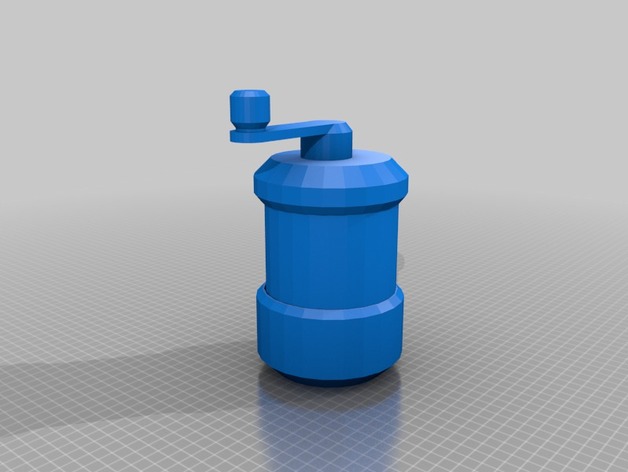What will you design?
I will design the exterior and interior structure, including the electronic board for its operation, the grinders and mounts (for mill and motor), as well as the collecting vessel and a cover for protection.
What materials and components will be used?
For electronic components:
| Quantity |
Description |
Value |
Unit Price |
Total |
| 9 |
Resistor |
0 Ω - Jumper |
$ 0.10 |
$ 0.90 |
| 1 |
Resistor |
1 Ω |
$ 0.10 |
$ 0.10 |
| 2 |
Resistor |
10 Ω |
$ 0.10 |
$ 0.20 |
| 1 |
Resistor |
100 Ω |
$ 0.10 |
$ 0.10 |
| 1 |
Mosfet N-CH |
50V |
$ 1.11 |
$ 1.11 |
| 1 |
Capacitor |
1uf |
$ 0.10 |
$ 0.10 |
| 1 |
Voltage regulador |
5V |
$ 0.36 |
$ 0.36 |
| 1 |
Potentiometer |
1k |
$ 5.98 |
$ 5.98 |
| 1 |
LED green |
|
$ 0.26 |
$ 0.26 |
| 1 |
Pin header male |
2x3 |
$ 0.55 |
$ 0.55 |
| 1 |
Power Jack |
2.5x5.5 mm Solder |
$ 0.71 |
$ 0.71 |
| 1 |
ATTiny |
45 |
$ 2.23 |
$ 2.23 |
| 1 |
Copper board |
150x150 mm |
$ 2.00 |
$ 2.00 |
|
|
|
TOTAL |
$ 15.67 |
Others materials: PLA & plywood.
Where will come from?
All components and materials can be accessed at local electronics, fabric, and supplies stores as well as ordered from overseas.
How much will they cost?
The cost of the MoliNito prototype would be
| Description |
Cost |
| Electronics |
$ 62.9 |
| DC Motor Pololu |
$ 33.95 |
| 3D printing |
$ 178.8 |
| Laser cutting |
$ 7.8 |
| Total |
$ 283.4 |
What parts and systems will be made?
The electronic board
The external structure
The inner structure (grinder and motor assemblies)
The grinding collector
Cover
What processes will be used?
For electronics: machining and soldering.
For the structure:
- Lower part: laser cutting
- Upper part: 3d printing
- Internal part (frames): 3d printing
For the grinding collector: 3d printing
For the cover: láser cut
For the user interface: vinyl cutting
What questions need to be answered?
Will it be possible to obtain a coarse grind of 20 g of coffee (necessary to prepare coffee with a French press) with flat grinders powered by a 12v motor?
How will the mill's power supply be?
How will it be evaluated?
The grinder works if it is connected to a power supply and a coarse grind of at least 20 g of coffee is obtained.





